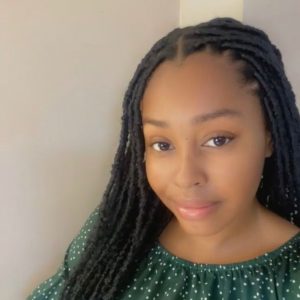THE world’s growing interest in sustainable development and environmental preservation continues to augur well for Guyana, as the country’s carbon credits– earned because of its lush greenery– are attracting more interested buyers.
“We have had several people reaching out to us and we are exploring those opportunities,” Vice-President, Dr. Bharrat Jagdeo said during an interview on Wednesday.
The Architecture for REDD+ Transactions (ART), in December 2022, issued the world’s first TREES credits to Guyana.
This marked a milestone as the first time a country was issued carbon credits specifically designed for the voluntary and compliance carbon markets for successfully preventing forest loss and degradation — a process known as jurisdictional REDD+.
Following completion of an independent validation and verification process and approval by the ART Board of Directors, ART issued 33.47 million TREES credits to Guyana for the five-year period from 2016 to 2020.
This paved the way for a historic agreement between Hess Corporation and the Government of Guyana, whereby the oil giants opted to purchase about one-third of all Guyana’s credits (issued and anticipated) up to 2030.
The agreement will generate a minimum of US$750 million for Guyana over the coming decade and represents a major milestone on the journey towards a vision first set out in 2007.
And, according to Dr. Jagdeo, although there have been complaints that the funds received for the carbon credits were inadequate, a look into the global voluntary market would show that Guyana received a good deal.
He explained that if the credits appreciate when traded in secondary markets, the arrangement could generate much more money than that.
A way to value the carbon trees store is by issuing forest carbon credits by independent verification organisations. Companies can purchase these tradable credits as a way of recognising that carbon stored in forests is one aspect of the solution to achieving a global climate, where one tonne of carbon dioxide has been decreased, avoided, or sequestered for every carbon credit.
Dr. Jagdeo highlighted that although the Opposition, while in government, promised 100 per cent renewable energy by 2025, they had done nothing to make this a reality.
He referenced the Amaila Hydropower Project which the Opposition had “killed,” and their lack of contribution to the subject matter of Guyana’s Nationally Determined Contribution (NDC).
He said: “So, we have to resume the consultation and then submit a realistic NDC. So, that’s one of the things that we will move forward on and hopefully, that will allow us to move closer to some of the markets that are currently available.”
Additionally, providing an update on the Amaila Falls project, Dr. Jagdeo said: “So, we’ve had several proposals directly from companies. And it is our determination that, again, when you have multiple unsolicited proposals, the best way to move forward is to have a request for proposal again, open process. So, most likely you would see us re-engage the public through an ad and to get these proposals. And then they could be all adjudicated side by side against each other to see which is the best deal.”
Further, addressing the myriad opportunities stemming from the forest preservation plan, he said: “Because we have had so many proposals, we have decided we would put out a request for proposal so we can have a common basis on which to analyse all the proposals, and the same thing is happening with mangroves.”
The Vice-President highlighted that there were also proposals through the blue economy arrangement, and to plant the mangroves at no cost and no initial investment from the government, which will help protect the coastline.
Adding to this, he disclosed that the government will put out two requests for proposals, shortly.
Jagdeo remarked that that the government is working tediously to enhance the Low Carbon Development Strategy (LCDS) and specifically, the integrated water management aspect, so it is likely that more areas in the country will be placed under protection.
“We are doing an inventory of all the sources of water, water for navigational purposes, water for potable use, drinking water for agriculture, for a whole range of purposes, drainage and irrigation, etc. so that we can have an integrated management of all of our water resources, which is part of the LCDS and then we are strengthening the EPA [Environmental Protection Act],” Jagdeo said.



.jpg)








